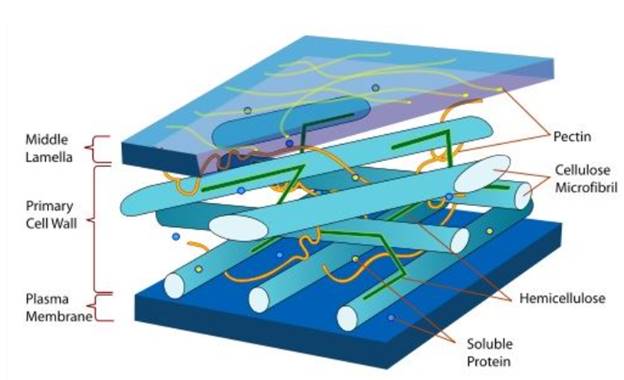
What is Cell Envelope?
The cell envelope is a combination of the cell membrane, cell wall, and an outer membrane if it is present. Usually, this envelope is a characteristic of prokaryotes like bacteria. It comprises the inner cell wall and the cell wall of a bacterium.
The cell envelope provides structural integrity to the cell. In prokaryotes, it protects the cell from the internal turgor pressure caused due to a high concentration of macromolecules inside the cell.
There are two types of bacterial cell envelopes:
Types of Bacterial Cell Envelopes
Gram-positive Cell Envelope
The cell envelope of a gram-positive bacteria comprises a cell wall with a thick peptidoglycan layer. This helps in retaining the crystal violet dyes during gram-staining. The cell wall is embedded with teichoic acids and lipoteichoic acids.
Gram-negative Cell Envelope
The gram-negative cell envelope contains a cell wall with a thin peptidoglycan layer due to which the cell wall is unable to retain crystal violet stain upon decolourisation during gram staining. The outer membrane is composed of lipopolysaccharides and phospholipids.
Mycobacteria
The cell envelope of mycobacteria is different from that of gram-positive and gram-negative bacteria. It lacks an outer cell membrane, but has a cell wall composed of peptidoglycan, arabinogalactan and mycolic acid.
Composition of Cell Envelope
The cell envelope is composed of the cell wall, cell membrane and an outer membrane.
The cell envelope of gram-positive bacteria comprises cell wall, cytoplasmic membrane and capsule.
The cell envelope of gram-negative bacteria comprises cell wall, cytoplasmic membrane, outer membrane, periplasmic space and capsule.

Functions of Cell Envelope
Following are the important functions of the cell envelope: